Elbow Heating Pad: How to Effortlessly Soothe Your Aches in Minutes!
Ever wondered if there's a magic wand for those nagging elbow aches? Spoiler alert: there is, and it's called the Elbow Heating Pad. Whether it's the aftermath of a tennis match or a long day at the keyboard, elbow pain can throw a wrench in your plans. But before you reach for that ice pack or painkiller, let's dive into why heat might just be your elbow's new best friend.
In this guide, we'll unravel:
-
The wonders of deep heat for elbow pain relief.
-
The effectiveness of heating pads for tennis and golfer's elbow.
-
The heated debate: heat vs. ice for tennis elbow.
-
How to safely use a heating pad for maximum relief, including duration and frequency.
-
Insights into heating pads for inflamed joints, ensuring you're equipped to soothe your aches effortlessly.
So let's get started.
Is Heating Pad Good for Elbow Pain?
When elbow pain strikes, finding relief becomes a top priority. You might have heard about the wonders of deep heat therapy, but is it really the knight in shining armor for your aching elbow? Let's break it down.
An electric heating pad works by:
-
Increase circulation of blood flow to the affected area
-
Promoting faster healing
-
Providing soothing relief
It's like giving your elbow a warm hug, encouraging muscles to relax and reducing stiffness. For those moments when your elbow feels like it's been through a marathon, it never signed up for, deep heat can be a game-changer.
But here's the kicker: not all elbow pain is the same. Conditions like tennis elbow, golfer's elbow, or general inflammation can each respond differently to heat therapy. The key is understanding the nature of your pain:
-
Is it a result of overuse?
-
A strain?
-
Or perhaps inflammation?
An elbow heating pad shines in cases where muscles and tendons are tight or strained, offering a comforting solution that can make you forget about reaching for that ice pack.
Does a Heating Pad Help with Tennis Elbow?
Tennis elbow got you feeling like you're off your game? Let's explore how a heating pad might just be the comeback coach you need.
Tennis elbow, or lateral epicondylitis1, is a condition often stemming from the overuse of the muscles and tendons in your forearm. You don't have to be Serena Williams to feel its sting. Tennis players who repetitively grip, twist, or use their arms can fall victim.
So, can a heating pad serve up some relief for the arm injury? Absolutely. Here’s why:
-
Eases muscle stiffness: Heat therapy helps relax and loosen tissues, reducing the stiffness that accompanies tennis elbow.
-
Boosts healing: Warmth improves blood circulation, speeding up the healing process by bringing more nutrients and oxygen to the area.
-
Reduces pain: It's not just about feeling good; heat therapy can actually decrease the pain signals sent to your brain.
But remember, timing is everything. Using a heating pad is most beneficial after the initial inflammation has calmed down. Jumping in too early with heat can actually increase swelling. Think of it as warming up before the big game – timing your heat therapy right can make all the difference.
Here’s a quick playbook on using a heating pad for tennis elbow:
-
Wait for any acute swelling to reduce (usually a couple of days).
-
Apply the heating pad to your elbow for about 15-20 minutes.
-
Repeat 2-3 times a day, especially before activities that typically cause pain.
By integrating heat therapy into your recovery routine, you're not just treating tennis elbow; you're warming up for pain-free performance.
Should I Use Deep Heat on Tennis Elbow?
Navigating the do's and don'ts of tennis elbow treatment can feel like decoding a complex serve. The question of whether to use deep heat on tennis elbow is a common one, and the answer is nuanced.
Deep heat therapy isn't a one-size-fits-all solution, but it can be a powerful player in your recovery lineup, especially when used strategically. Here's the lowdown:
-
Post-inflammation phase: Once the initial swelling and inflammation have subsided, deep heat becomes your ally. It's all about timing. Jumping the gun can lead to more inflammation, so patience is key.
-
Relaxation and flexibility: Heat therapy excels in making stiff muscles and tendons more pliable. This means you can move more freely and without pain, a crucial step towards recovery.
-
Pain management: By soothing the affected area, deep heat therapy can reduce the discomfort associated with tennis elbow, making your day-to-day activities more bearable.
However, caution is paramount. Here are a few tips to ensure you're using deep heat effectively:
-
Avoid direct heat: Use a barrier, like a cloth, between the heat source and your skin to prevent burns.
-
Monitor the duration: 15-20 minutes of heat therapy is often enough. More isn't always better.
-
Listen to your body: If heat makes your elbow feel worse, stop. Your body's response is your best guide.
Incorporating deep heat into your tennis elbow treatment plan can be a game-changer, but it's not the sole solution. Pair it with other treatments like physical therapy, stretches, and strengthening exercises for a comprehensive approach to recovery. Remember, the goal is to get you back in the game, pain-free and stronger than ever.
What is Better for Tennis Elbow: Heating Pad or Ice?
Deciding between a heating pad or cold therapy for tennis elbow is like choosing the right racket for your game; it depends on the situation. Here's a quick guide to help you make the best choice:
-
Ice is your first responder: Right after you've overdone it on the court or at the desk, ice is your go-to. It reduces inflammation and numbs the area, providing immediate relief. Use an ice pack wrapped in a thin towel to avoid frostbite, applying it for 15-20 minutes every few hours during the first 48 hours.
-
Heat steps in later: Once the initial swelling has decreased, heat takes the spotlight. It relaxes tight muscles and improves circulation, aiding in the healing process. Heat is for the recovery phase, helping you regain flexibility and comfort.
So, which is better? It's not about one being universally better than the other; it's about timing and what your body needs. Ice initially, heat later. This one-two punch is a strategic approach to managing tennis elbow effectively.
Does a Heating Pad Help a Golfer's Elbow?
Golfer's elbow2, much like tennis elbow, stems from overuse but affects the inside of the forearm. The question remains: can a heating pad drive relief straight down the fairway?
Absolutely. Here's why a heating pad can be a hole-in-one for treating a golfer's elbow:
-
Muscle relaxation: Just as with tennis elbow, the warmth from a heating pad relaxes and loosens the muscles and tendons, reducing stiffness and increasing flexibility.
-
Improved circulation: Heat therapy encourages to increase blood flow to the injured area, speeding up the healing process by delivering more oxygen and nutrients.
-
Pain reduction: Warmth can soothe the pain of a golfer's elbow, making it easier to move and complete daily tasks.
Remember, the key is to use heat therapy during the recovery phase, after any initial swelling has subsided. And always protect your skin with a layer between it and the heat source.
Does a Heating Pad Help with Inflamed Joints?
Inflamed joints can throw a wrench in your daily activities, making even simple tasks challenging. Whether it's your elbow or another joint, a heating pad might just be the soothing companion you need.
Here’s how a heating pad can help with inflamed joints:
-
Eases stiffness: Warmth relaxes the muscles around the joint, reducing stiffness and making movement smoother and less painful.
-
Boosts healing: By improving circulation, heat therapy helps the healing process along, bringing in healing nutrients and oxygen.
-
Decreases pain: The comfort of heat can significantly relieve pain, offering a natural and effective way to manage discomfort.
Usage tips:
-
Timing: Use heat therapy after any acute swelling has diminished. Early on, ice is your friend.
-
Duration and frequency: Apply a heating pad for about 15-20 minutes at a time, up to three times a day, to maximize benefits without overdoing it.
Incorporating a heating pad into your routine can offer a gentle, effective way to manage inflammation and pain, helping you get back to your daily activities with less discomfort.
Wrapping It Up with Warmth
We've journeyed through the ins and outs of using an electric heating pad for wrist and elbow pain, uncovering how it can be a game-changer in your recovery process. You're now equipped with the knowledge to tackle tennis elbow, golfer's elbow, and inflamed joints with confidence.
Let's quickly recap the key takeaways:
-
Use ice initially for inflammation, then switch to an electric heat elbow wrap pad for healing.
-
The heating pad is ideal for relaxing muscles, improving circulation, and reducing pain.
-
Timing, duration, and protection are crucial for effective heat therapy.
At Homlyns, we're all about enhancing your comfort and well-being. Our range of heating solutions is designed to offer you the warmth and comfort necessary for relaxation and recovery. Whether you're winding down after a long day or seeking relief from elbow pain, Homlyns has got your elbow. Dive into a world where comfort meets quality, and let us help you embrace the warmth you deserve.
[1] Lateral Epicondylitis (Tennis Elbow)
[2] Golfers Elbow




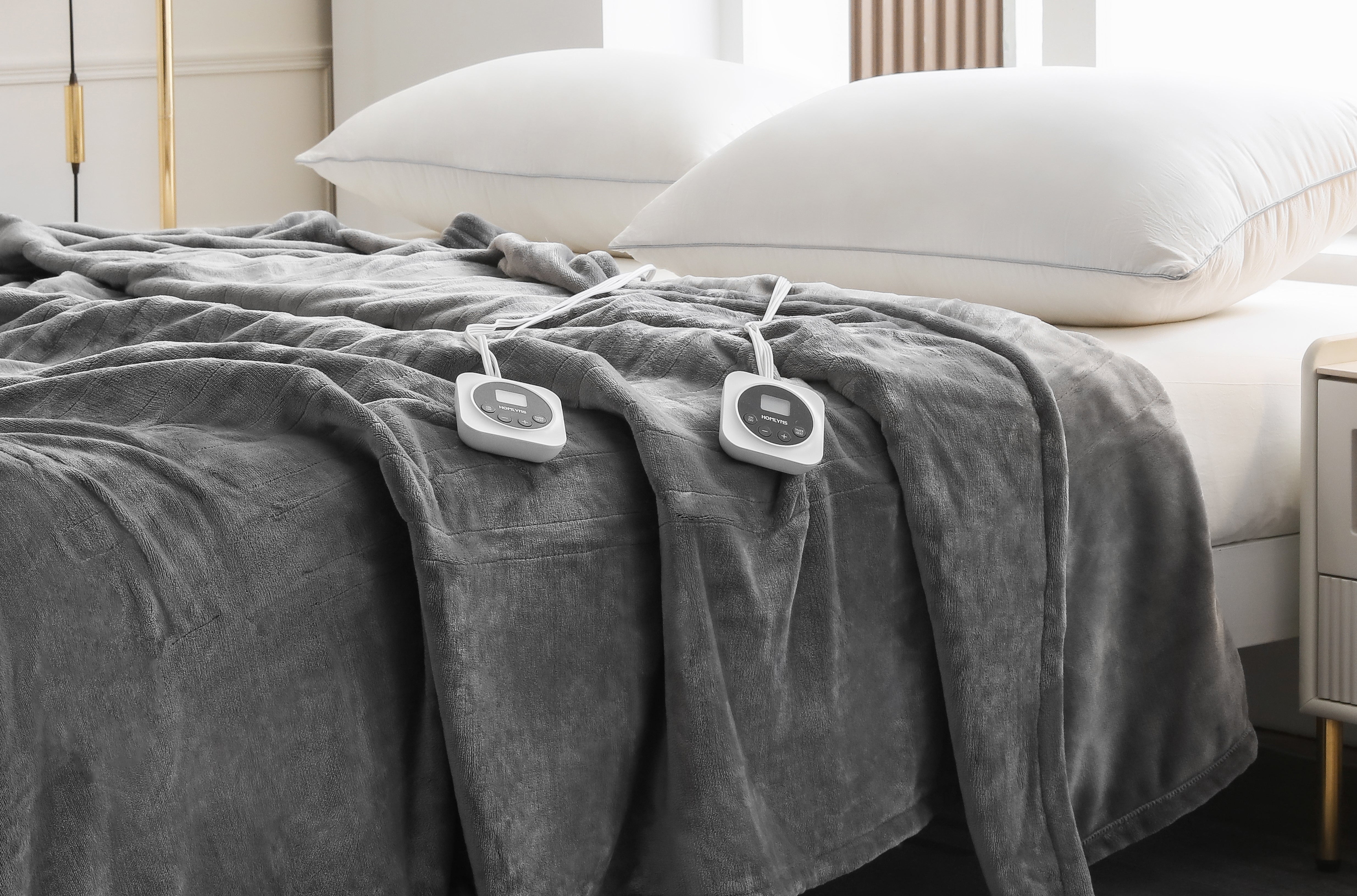
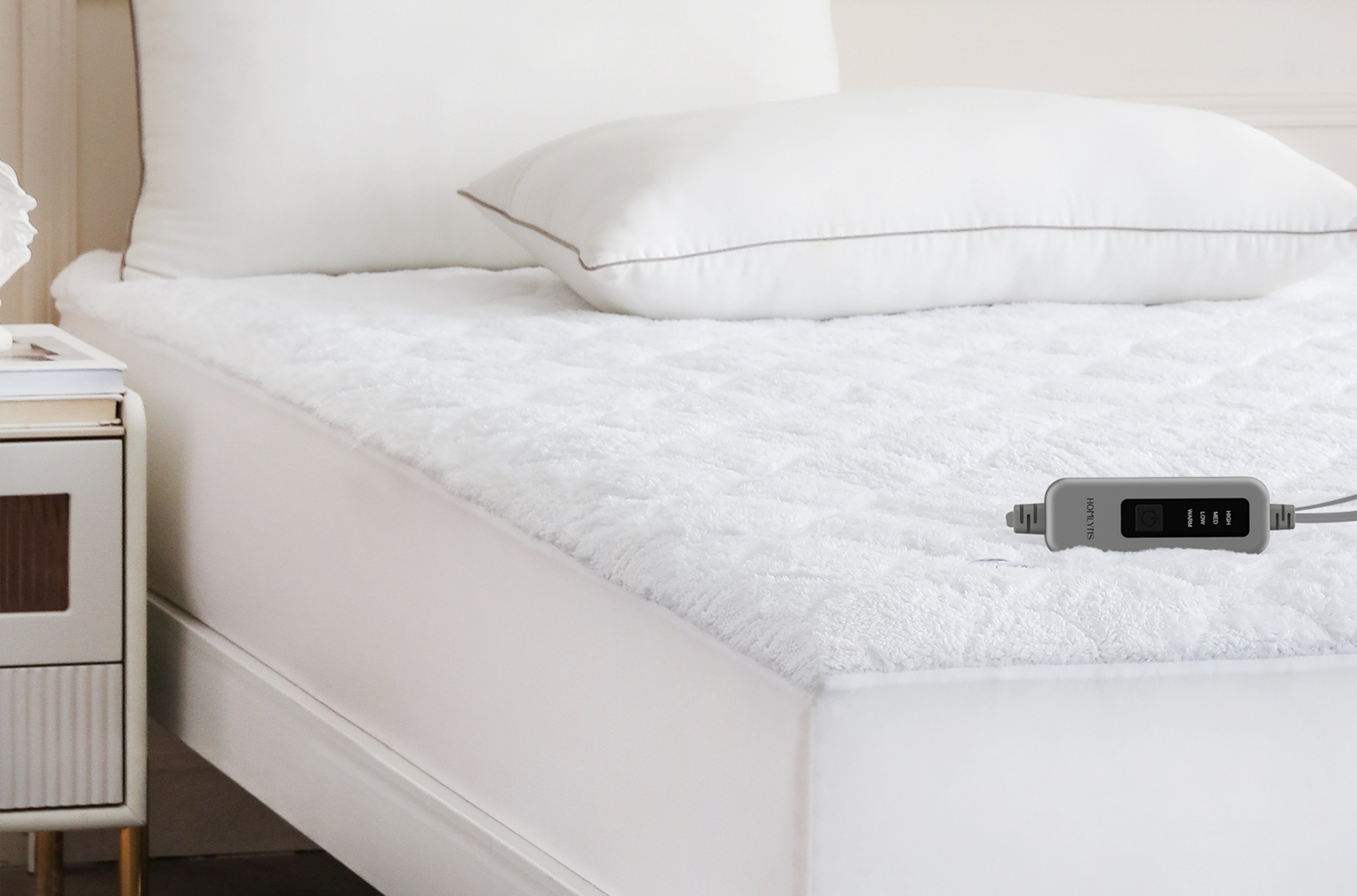

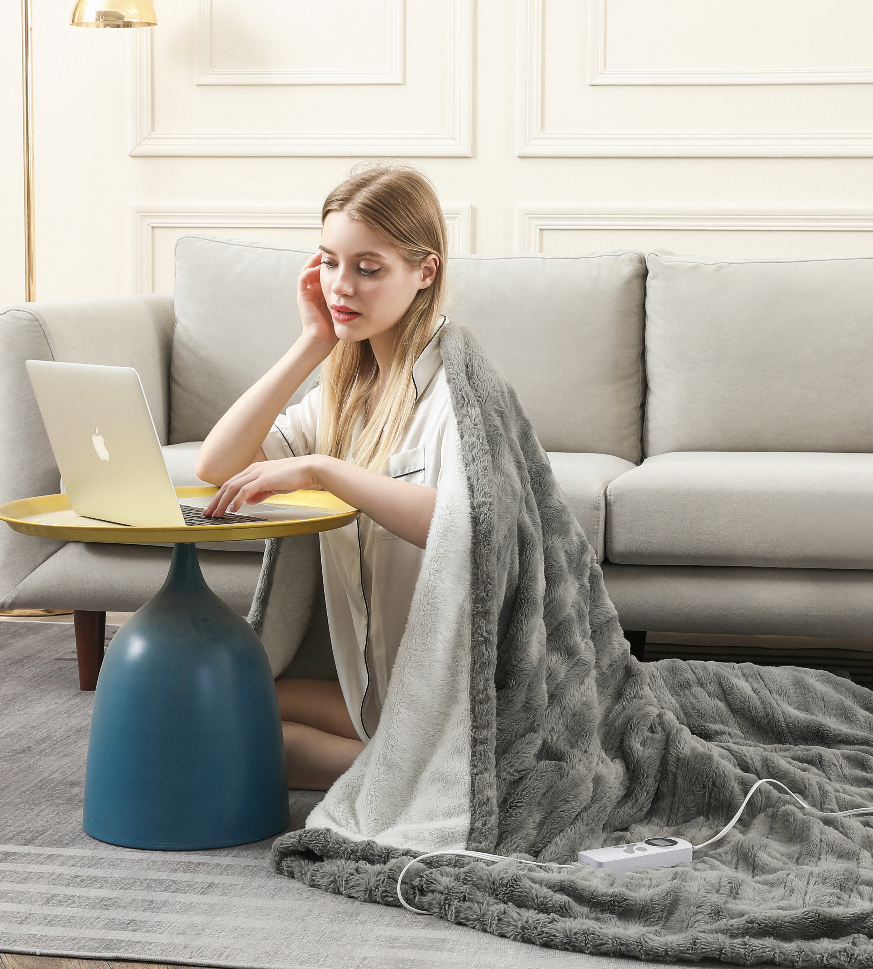

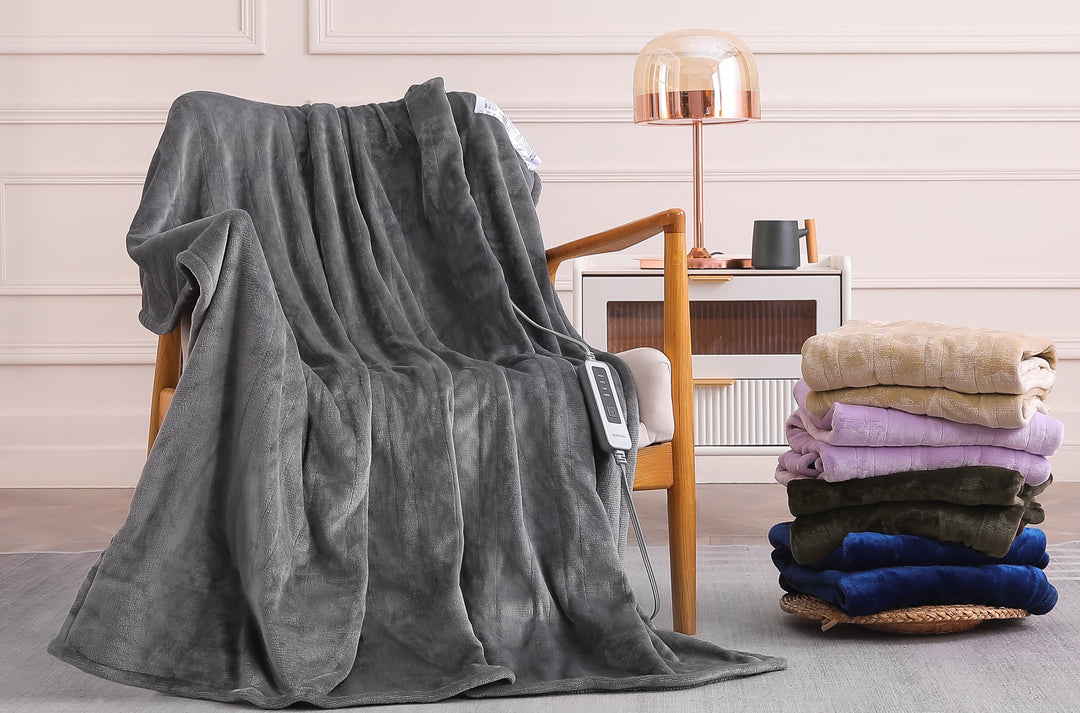
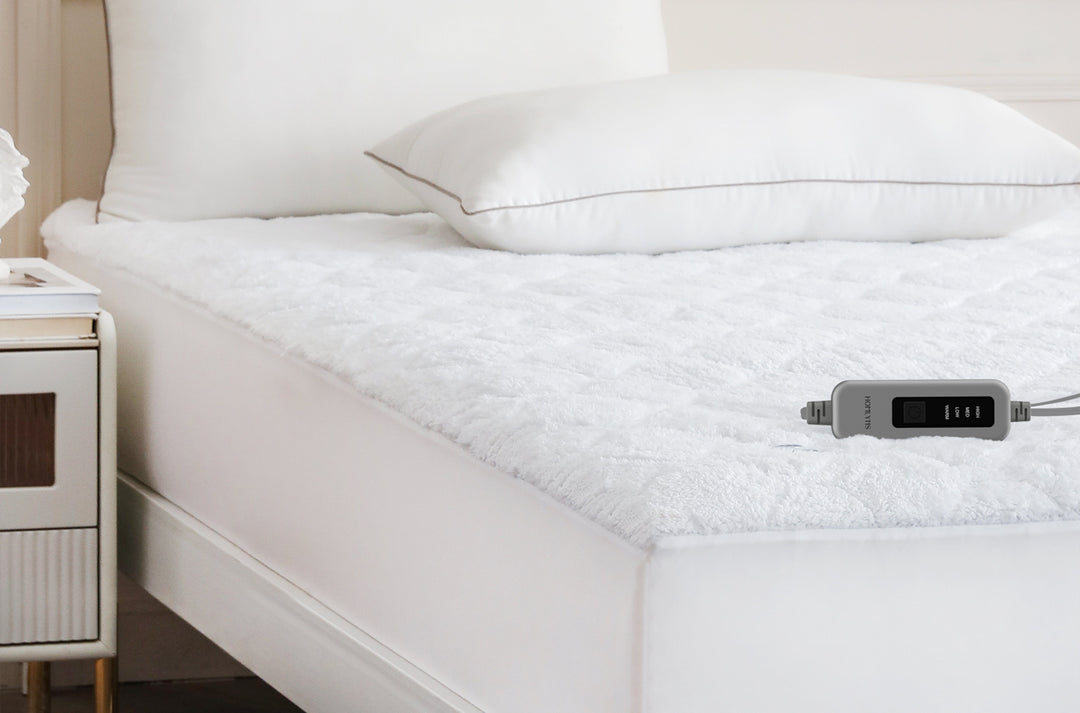


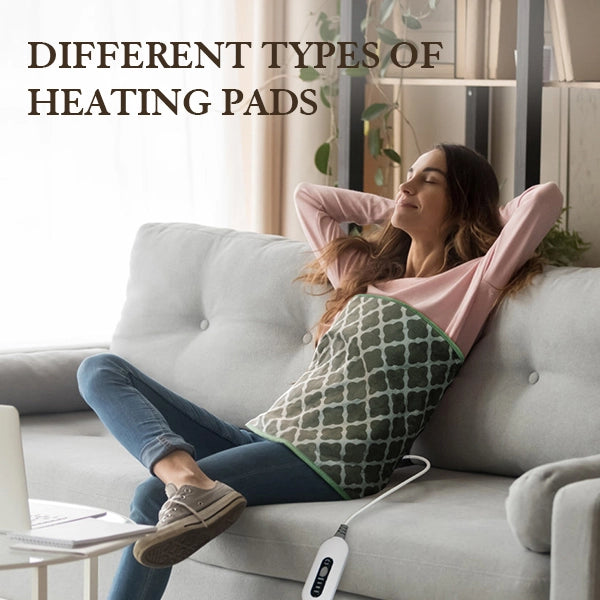

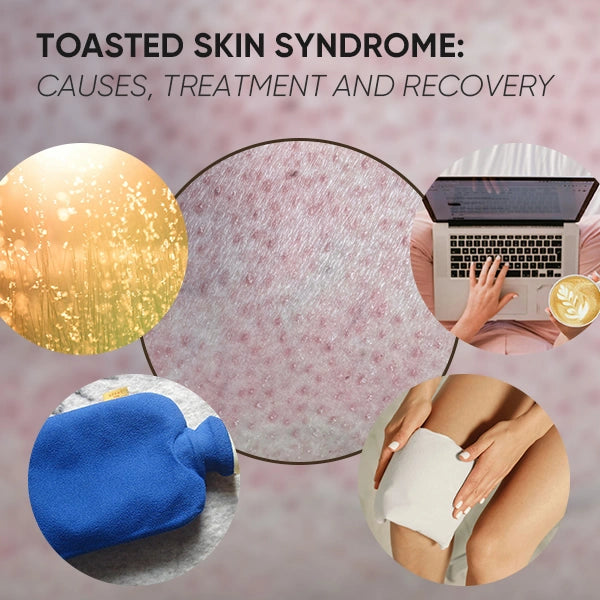
Leave a comment